Sound insulation
How loud is too loud?

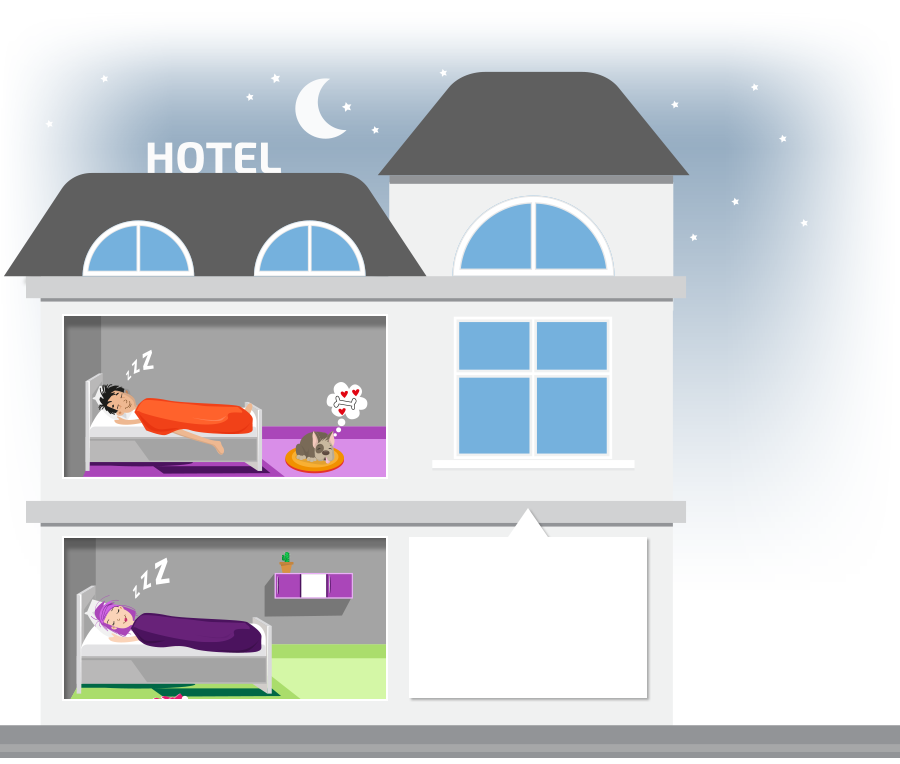

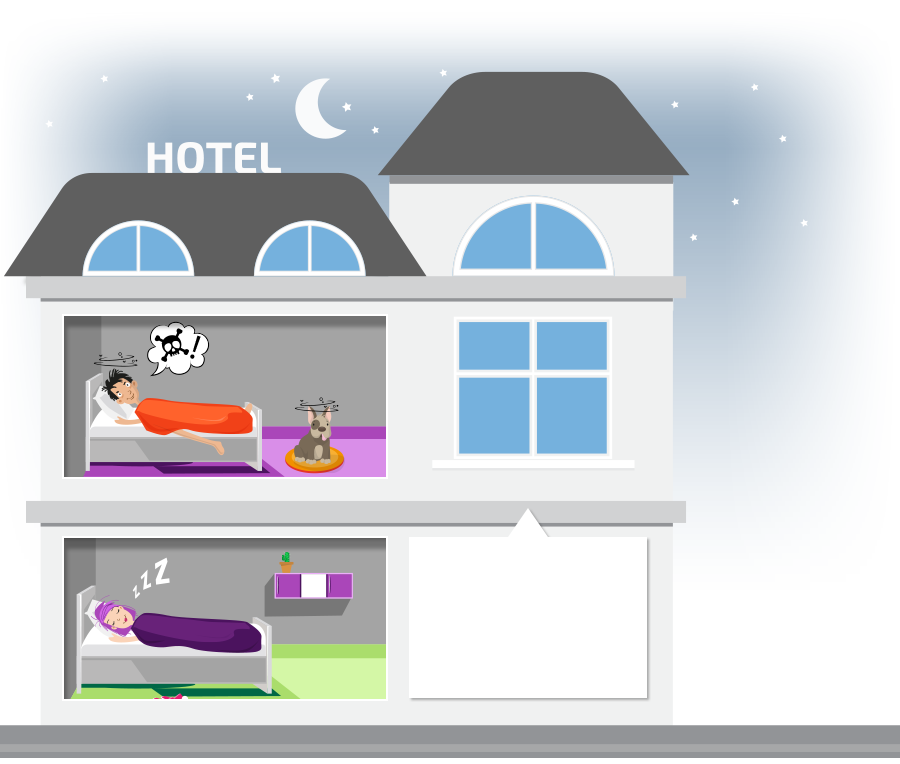
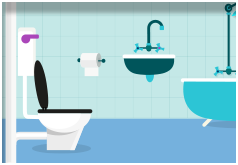
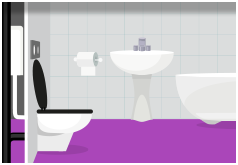
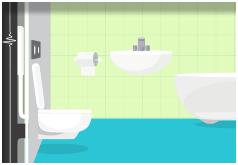

Hearing the grass grow
In the building technology and acoustics laboratory at the Swiss headquarters, Geberit works on the scientific and technical fundamentals to ensure that sanitary noises that disturb your sleep become a thing of the past.
Be it in a hotel, an apartment or at work – fewer and fewer people are prepared to simply accept sanitary noises as an inevitable fact of life. And rightly so. After all, the sounds that emanate from a discharge pipe or when a toilet is flushed can be substantially reduced by choosing and professionally installing the right products.

Approaching the problem from both sides
“There are basically two options when it comes to optimising the acoustic properties of a sanitary installation, namely modifying the source of the sound or reducing the sound transmission. We do both,” says Oliver Wolff, Head of Building Physics at Geberit. In this regard, the company systematically ensures as early as the development stage that sanitary products produce only minimal noise levels. A good example is the new shower toilet AquaClean Mera. Here, the inner geometry of the rimless WC ceramic appliance was designed so that the flush is virtually noiseless.
Highly sound-insulating building drainage systems such as Geberit Silent-db20 and Silent-Pro are further examples. Thanks to hydraulically optimised fittings, there is less turbulence and therefore less noise in the pipes, and the special low-resonance material used absorbs sound.
However, as it is impossible to fully eliminate noise in sanitary installations, Geberit also attaches great importance to reducing sound transmissions. With the appropriate installation technology, water supply lines, drainage pipes and appliances can be decoupled from the building structure so that sanitary noise transmitted to the building is considerably reduced.
Multi-storey test assemblies
The acoustic properties of sanitary products and various installation technologies are put through their paces at the company’s own building technology and acoustics laboratory in Switzerland. The lab, which is unique within the sanitary sector, is acoustically decoupled from its surroundings to the greatest possible extent. Thanks to state-of-the-art measurement technology, this lab can be used for standard tests as well as for conducting scientific research.
The generation and spread of noise is influenced by a lot of factors, which is why sound tests are always carried out under conditions that are as realistic as possible. A test assembly can easily span several floors, with fully equipped and professionally panelled prewalls or waste water discharge stacks of up to ten metres in height. To calculate the sound emissions, the acoustics specialists not only use highly sensitive microphones but also dozens of sensors and even laser light.
The results of the sound tests lead to improvements in existing products and the development of completely new solutions. The installation technology and application engineering departments also benefit greatly from the vast know-how of the acoustics specialists.
